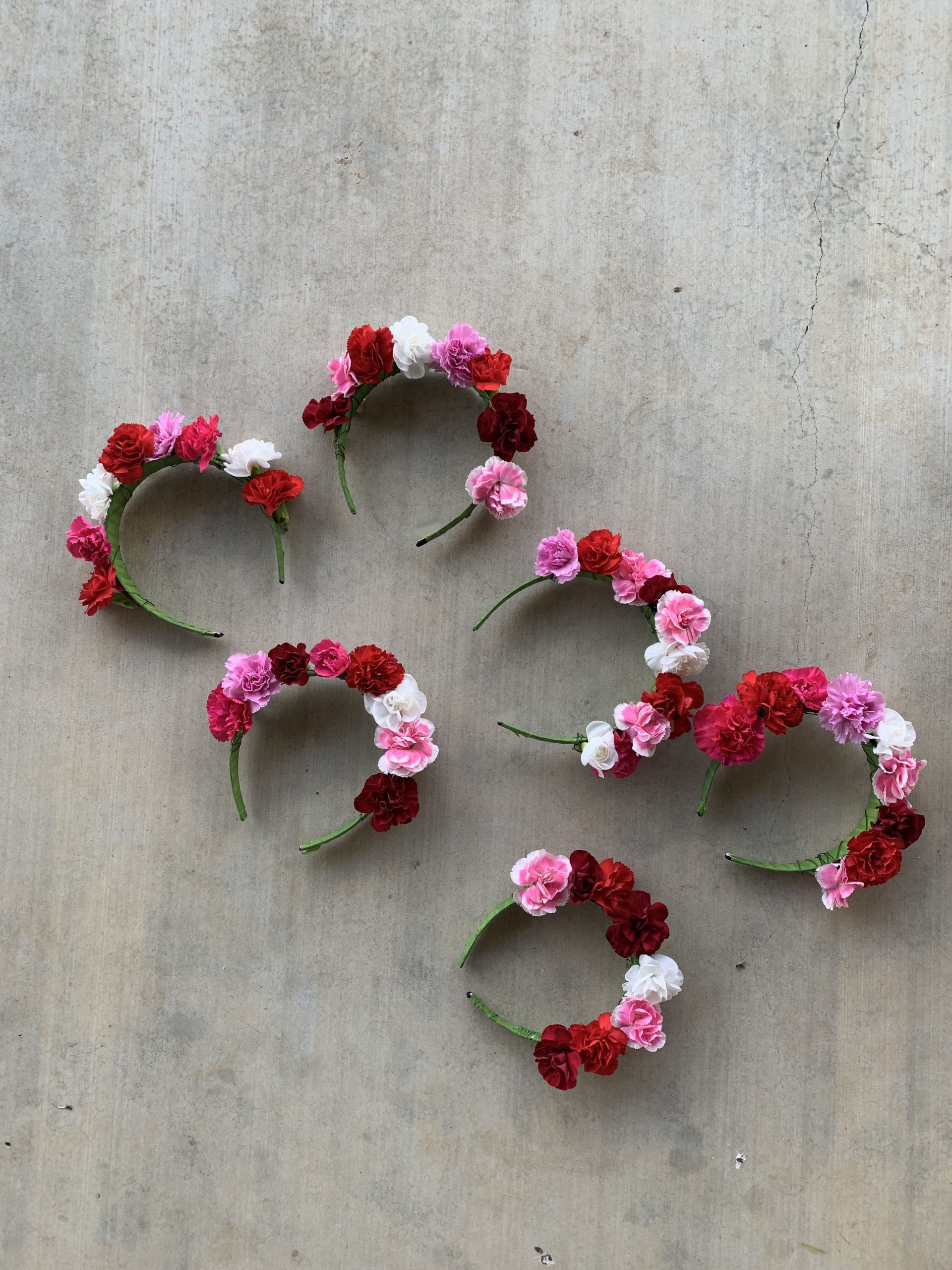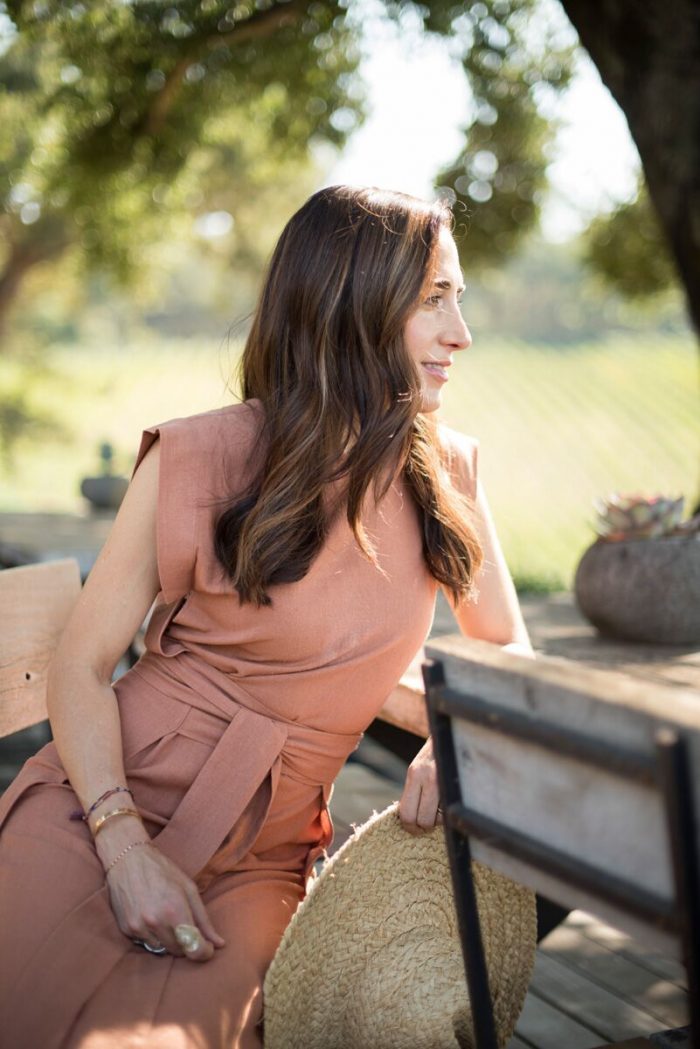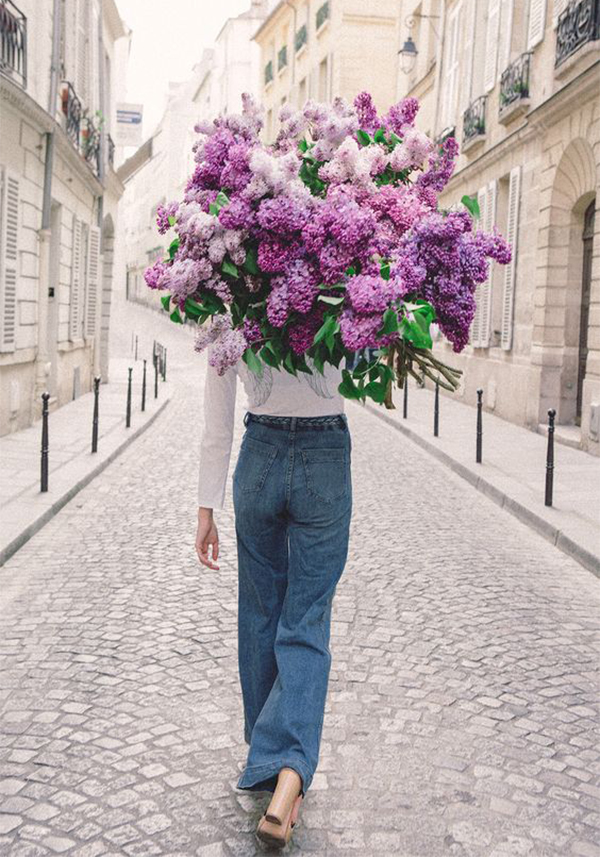I’ve always found personal collections to be very intriguing things. What draws us to collect what we do? Piece by piece, our collections grow and change over the years, taking on new texture, depth, and personality. For many, the hobby itself lasts a lifetime, as we seek out those things that stir the soul in some intimate way.
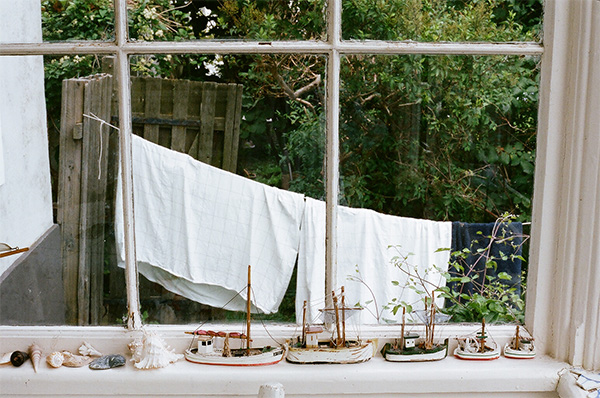
What do you collect? For my mother, it’s coral sea fans and heart shaped rocks she’s picked up along her travels. For my mother-in-law, it is miniature silver sombreros that she’s sourced from markets and shops all over the world. On a trip to a private residence in the Dordogne Valley a few years ago, I was taken by the collection of walking sticks that belonged to our elder host. Each one was differently adorned, with fox heads, jeweled caps, and other fanciful curiosities. Over the years, I’ve built up a collection of coffee table books, and I’m proud of the little library it has become. Books have a way of binding people together and I love how revelatory they can be when compiled in a room. Together, the assorted titles, genres, and subject matters make up a larger story about my interests in life. My collection ranges from the African Masai to the Virgin Mary, from Provence to party dresses, from WW2 history to Maharajas jewels. All of these tomes offer a glimmer of insight into the things that pique my curiosity and feed my daily appetite. Knowing this, it should come as no surprise that I am always on the hunt for a new book to add to my collection.
Much to my delight, I recently found a new favorite in Julie Pointer Adams’ Wabi-Sabi Welcome. Julie is a Santa Barbara writer, photographer, and the proprietor of a floral studio called Olivetta. (what a dream, right?) In Wabi-Sabi Welcome, she opens the door to a refreshing, simplified way of thinking about our lives.
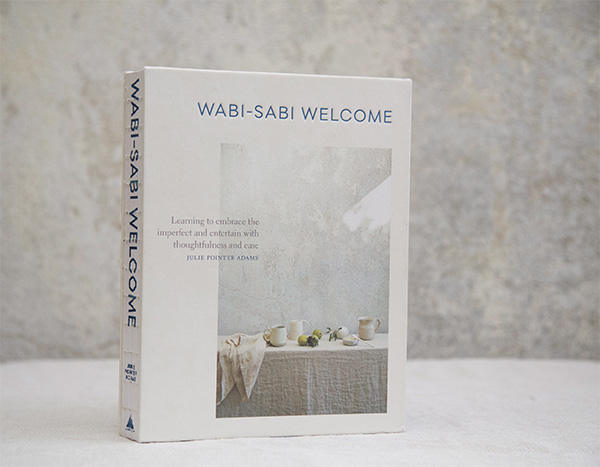
Wabi-sabi is a Japanese philosophy and a way of life that revolves around the acceptance of simplicity and imperfection. We live in an age where social media has bred a contrived culture of perfectionism, and this culture often has a negative impact on the way we live. Whether it’s Instagram, Facebook, or something in between, social media makes it easier than ever to compare ourselves to others, which in turn can make us feel less grateful and content with who we are and the things we have. The wabi-sabi way is an antidote to this culture, and the book takes us through the ways we can incorporate its guiding principles into our own lives. From bringing nature indoors to bringing friends together, the book carves out a space in the soul that reminds us to slow down, to embrace gratitude, to be present in life, and to seek beauty in everything. As an avid and passionate entertainer, I especially enjoyed her take on how to entertain with a wabi-sabi sensibility. It’s not about the flowers or the china or the stress that comes with making everything perfect and orderly. Rather, it’s the easygoing and unpretentious occasions, those moments when we are truly present with our guests, nourishing one another through simple food and honest hospitality, that remain in memory.

The philosophy behind wabi-sabi is explained in more detail by the author below, yet one of the things that resonates with me most is the idea that everything is fleeting, that the things we own are temporary, and we ourselves are transient. Embracing this truth makes it easier to see the value of a wabi-sabi life founded on beauty, simplicity, humility, and grace. The book is divided into places — Denmark, Italy, California, France, and Japan — and we’re invited into people’s homes to learn first hand how wabi-sabi is at work around the world. These stories, typed alongside Julie’s own, understated photographs illustrate a simple, rewarding existence that we can all be a part of. Read my interview with Julie Pointer Adams at the jump – enjoy!
Continue Reading
